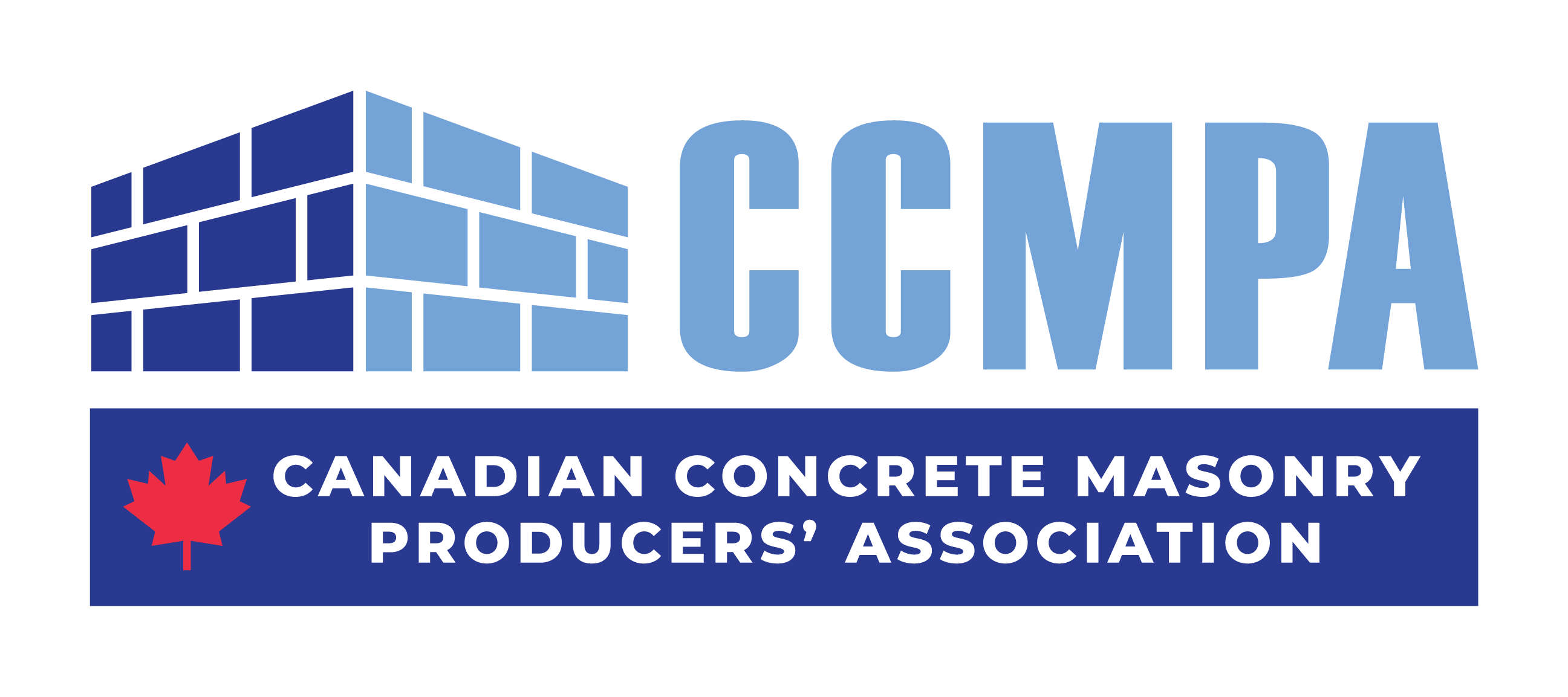Advertorial in the Halifax Chronicle
When it comes to construction in Halifax, put safety first — not wood.
Canada’s National Building Code encourages the use of different materials in order to optimize building performance. For the sake of public safety, the City of Halifax should do the same.
Halifax city staff recently released a report recommending the use of wood as a first choice in municipal building construction. Spearheaded by Councilor Jennifer Watts, the report says that environmentally, wood building materials “have lower energy, water and air quality impacts than alternatives,” while economically, the use of wood would benefit Nova Scotia’s forestry and lumber sectors — “mainstays” of the provincial economy.
Economics. Environment. Both valid considerations.
But what about public safety? Ask anyone where they would rather be in the event of a fire: a structure made of wood, or one that includes materials such as masonry or concrete.
As one reader commented online in The Chronicle Herald:
And here was I thinking the use of wooden buildings in cities was reduced to prevent conflagrations like “The Great Fire of London”, “The Great Chicago Fire” and the “Great Fire of 1911”, in Bangor, Maine. I guess Jennifer Watts put me in my place.
Historical experience like this is one of the reasons why Canada’s National Building Code not only encourages the use of different materials for optimal building performance, but also limits the use of wood to buildings four storeys and less.
This fact alone strongly suggests that wood is not always the best material for the job.
Proponents of a wood-first policy might argue that each construction project has stated levels of performance which must be met by the design and construction,” says Paul Hargest, President of the Concrete Masonry Producers Association. “However, experienced designers, forensic building investigators and those familiar with building codes know that ‘performance’ is a sliding scale — one that depends on where you want to set the bar.
” In other words, the performance of one material, while significant in its own right, does not equal that of another. The “scale” slides from one material to another.
Yasser Korany, Associate Professor of Structural Engineering at the University of Alberta, offers this additional insight: “Depending on the academic training received, an engineer may or may not be well-schooled in or comfortable with the use of wood. Concrete and steel are both common curriculum elements given the fact that they’re the most widely-used materials. Wood, however, is not, and to force an engineer to design and construct with it could ultimately compromise a building’s structural safety and durability.”
Only one province in Canada has implemented “wood first” legislation — British Columbia, in 2009 — and now, the province’s Chamber of Commerce is seeking to amend the law so that wood is no longer prescribed as “the primary building material in all provincially funded buildings”.
Meanwhile, federal policymakers have considered proposals to step up the National Building Code to better protect communities from wildfires — fires like the May 2011 blaze that tore through Slave Lake, Alberta, costing more than $1 billion in damage, fire-fighting and relief. The proposals were rejected. Dr. Mark Hagel, an Alberta engineer, makes the point that, “The building codes are supposed to protect the public so that the average citizen does not have to become an expert in building materials simply to purchase a home.”
All those materials, from masonry and steel to wood and glass, have their use and place, and all offer distinct benefits. The Halifax report, for example, notes the smaller carbon footprint and renewability of wood. However, masonry, for one, is highly recyclable and often outlasts wood by centuries, typically with much less maintenance and at a lower cost. And while wood may be renewable, deforestation is not exactly environmentally friendly.
All factors to take into account when considering the many different materials available for construction in Canada. Why not let professional discretion, practical application and fair competition determine which works best?



